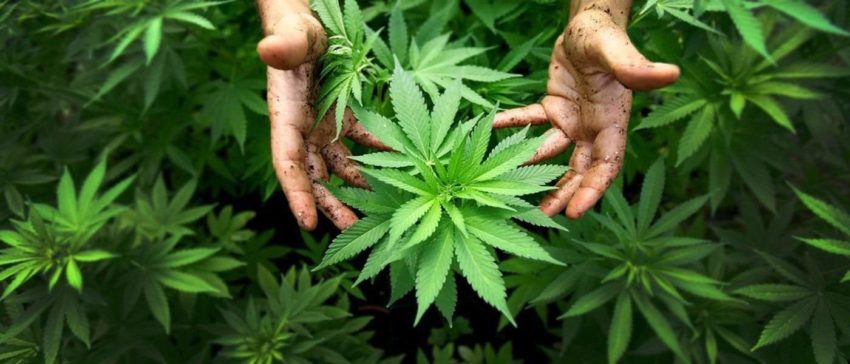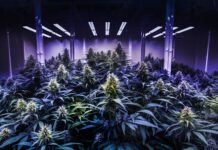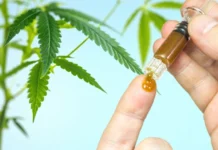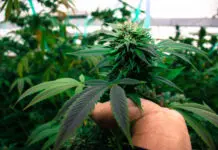If you want to try and grow marijuana indoors, but haven’t really grown any plants before, this is a guide for you. Everything you need to know is explained in easy to follow steps. If you follow it, you will soon have your first harvest.
Designate a Cannabis Growing Space
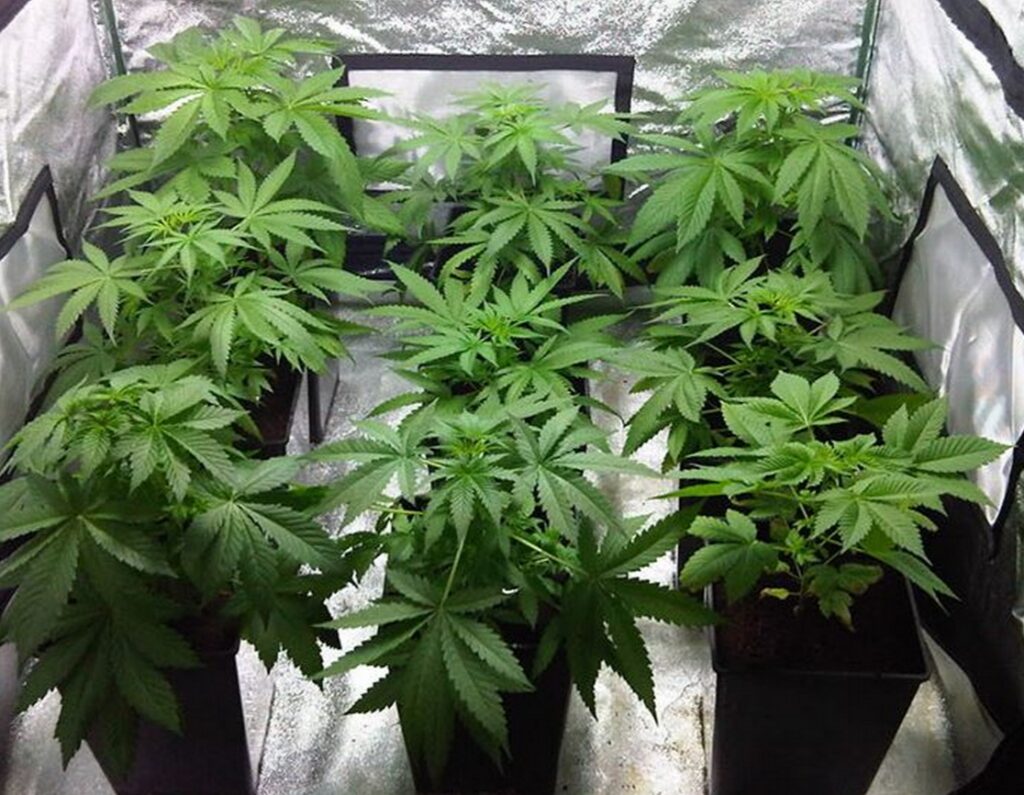
As your first step, you need to decide where you want to grow your plants. It doesn’t have to be anything fence. People have been using tents, spare rooms, cabinets, or basements. If this is your first time, we would suggest starting small. This will keep your bills under control and even if you mess something up, it won’t be that big of a deal. Keep your growing area clean and make sure that the light cycle is undisturbed, meaning no outside light can penetrate and confuse your plants, causing them to grow male flowers.
Choose Your Cannabis Grow Lights
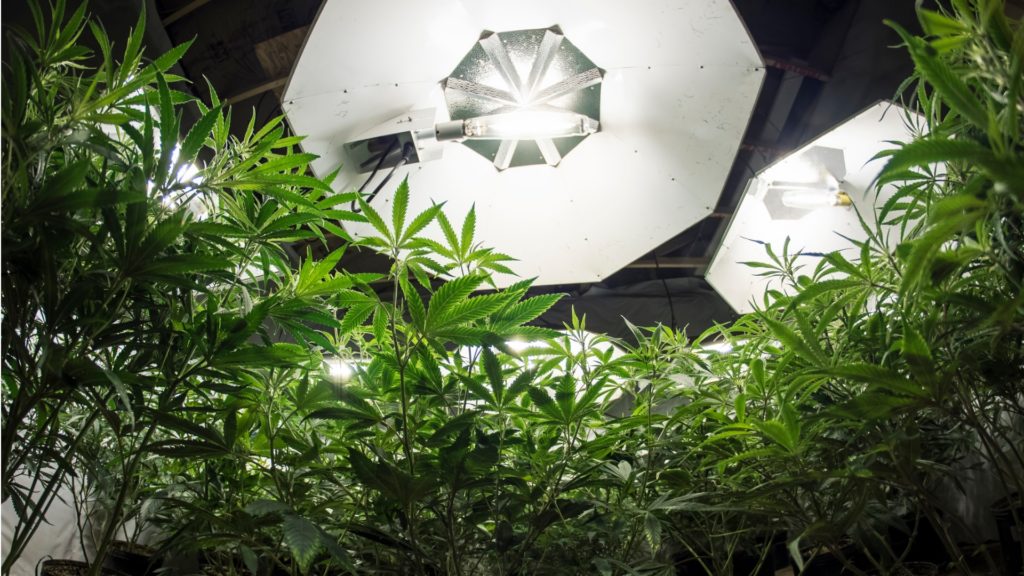
The most critical factor determining the quality of your plants is lightening. Fortunately, there are plenty of options you can choose from, designed for everyone’s budget. Your best, but also the most expensive option, is high-intensity discharge (HID) grow lights. The second option is fluorescent light fixtures, which aren’t as efficient and finally, LED grow lights, which are the cheapest, but also least effective ones.
Cannabis Plants Need Air

Your growing area needs good ventilation to provide plants with air and remove excess CO2 and heat from your plant. This is best achieved with some fans and vents. The size of both vents and fans will depend on the size of your growing area and how much your lamps generate excess heat. There is a complicated calculation that can tell you all this or you can do it by trial and error and monitor the temperature in the room.
Controls and Monitoring
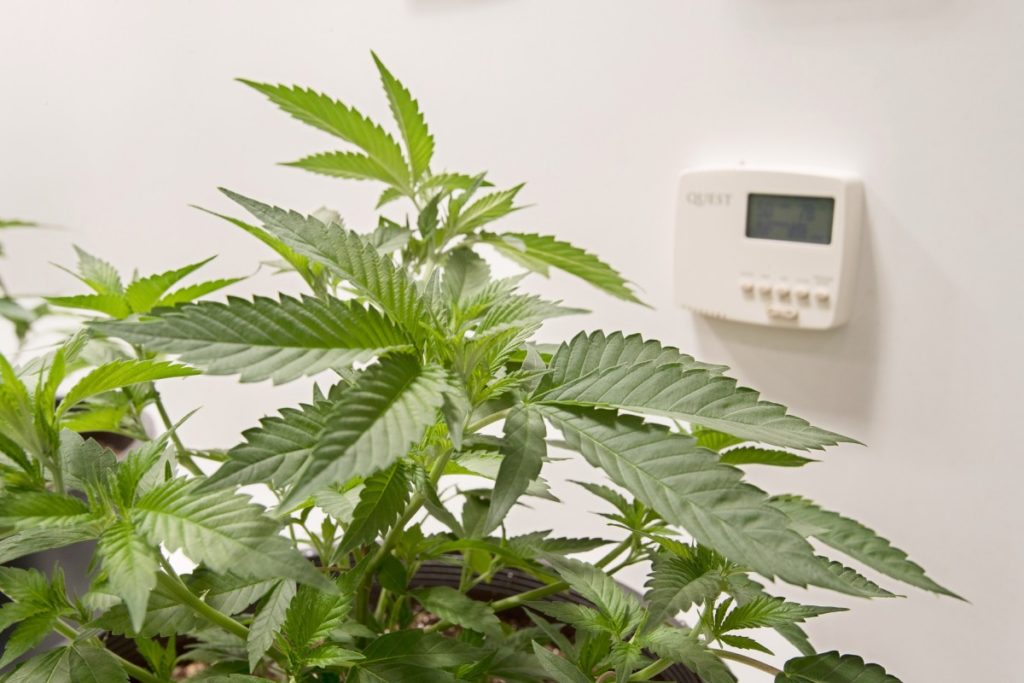
The next step is the automatization of climate control equipment. This will both save you time and money, by optimizing the power consumption. If you are a beginner, a simple timer for light and a thermostat for the exhaust fan will do just fine. As you increase the number of plants, you can start thinking about more sophisticated equipment.
Cannabis Grow Medium
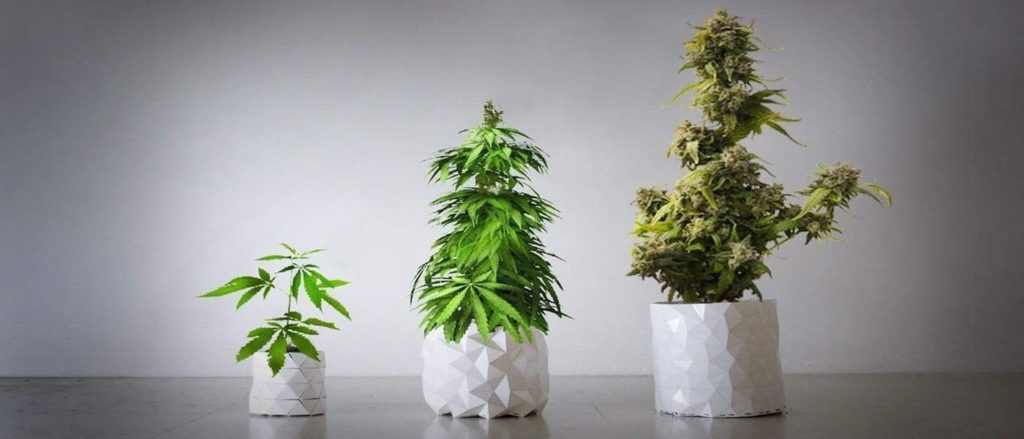
One of the advantages of growing marijuana indoors is that you can choose the medium for growing. You have several alternatives here. For a beginner, it is best to start with traditional pots and soil. After you have a few seasons under your belt and fully understand the growing process, you can switch to hydroponics, which is a more expensive solution, but also vastly superior one. The soilless method allows you to precisely determine how much nutrition your plants need, reducing waste and ensuring optimal conditions. It also takes up less space so you can grow more plants in the same area.
Cannabis Plants Nutrients
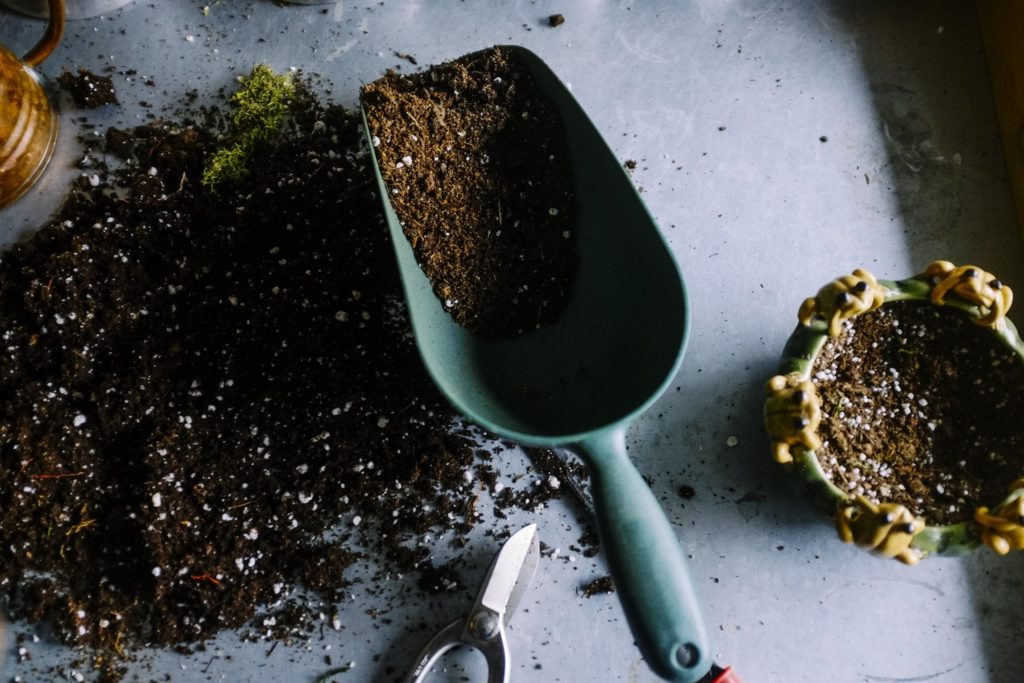
Just like any other plant, marijuana needs macro and micronutrients in order to thrive. Macronutrients are Nitrogen (N), Phosphorus (P), and Potassium (K). Micronutrients are Calcium, Magnesium, Iron, and Copper. You will need all of these but in different quantities. For starters, get a pre-fertilized organic soil mix. This will ensure your plants get everything they need for optimal growth. The other option is to use regular soil and add nutrients once a week. Keep in mind that marijuana has two distinct growth phases and nutrients needs aren’t the same in both. During vegetative growth, your plants will need more nitrogen, while during flowering or bloom growth, they will need more phosphorus and potassium.
Watering
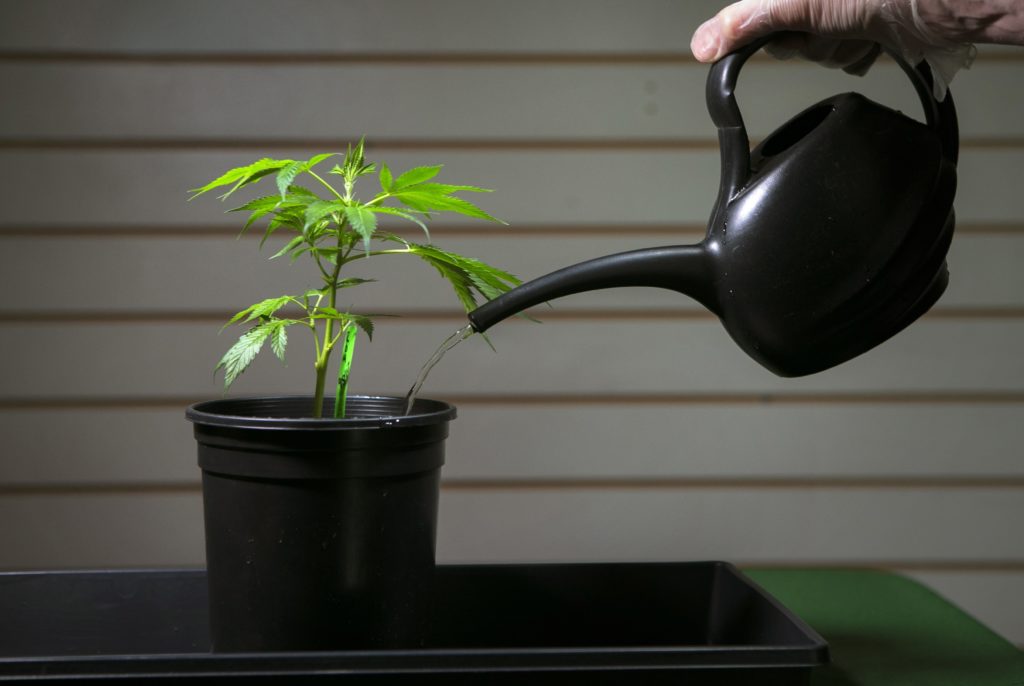
Finally, we have water. This is the main reason people lose their plants, as they either forget to water them or over water them, causing them to rot. The amount of water you give to your plants will depend on several factors, but a good rule of a thumb is to wait until the lower leaves of the plant start dropping a bit and only water them then. As your experience grows, you will be able to determine better when and how much to water your plants. Some people like to automate watering, but others claim that the best results are achieved by manually gauging plants’ water needs.

